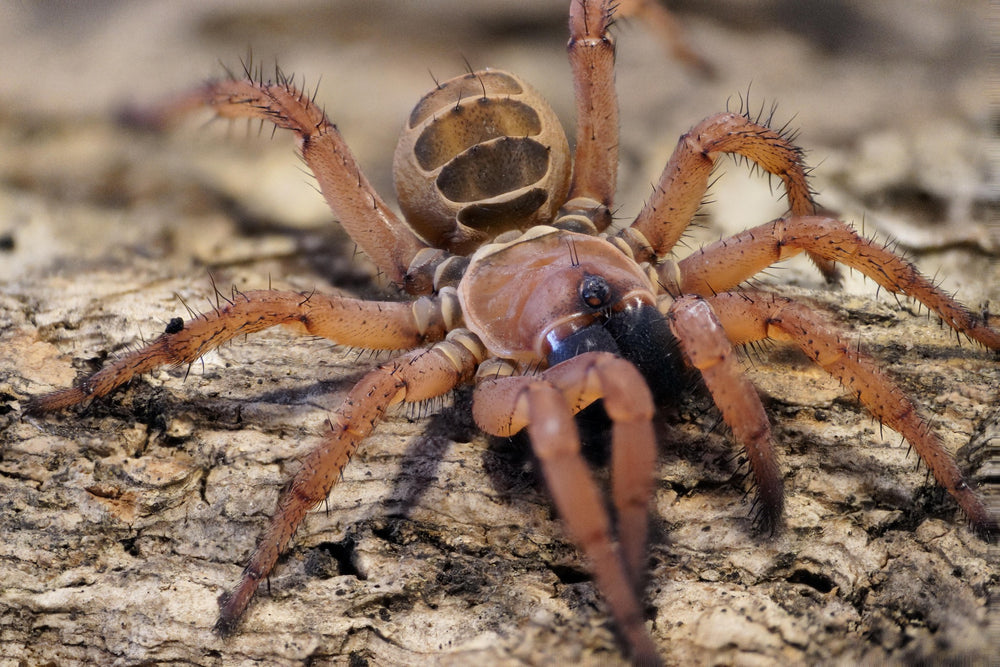Beginner Tarantulas
So, you've become interested in keeping tarantulas but don't know where to begin? Perhaps you're drawn to a tarantula known for its docile nature, or maybe you're captivated by a striking blue or purple one. Here, I'll discuss some common questions I receive from new keepers.
It happens almost every time: "I want the blue one, but I also want to handle it, and I'm on a budget. I'd prefer a female." Several factors influence your decision when choosing a tarantula, and meeting every request can be challenging. Typically, colorful tarantulas tend to be quicker and more unpredictable, while larger spiders or sexed females are more expensive. To keep things simple, I'll focus on what I believe is the most crucial factor for new keepers: temperament.
Tarantula temperament largely depends on the species or genera (a group of similar species). There's a spectrum of temperament in the tarantula world, from the most mellow, harmless species to those that still frighten even experienced keepers. While I can't explain why some species are more tolerant and easygoing than others, I'll highlight my top three recommended genera for new keepers.
Grammostola: These new world terrestrial spiders from South America include the Chaco Golden Knee (Grammostola pulchripes) and the Brazilian Black (Grammostola pulchra). Both are known for their mellow nature and are unlikely to kick their urticating hairs. Even when provoked, they rarely bite, making them my top recommendation for new keepers or those with interested children. The drawback is their slow growth rate, although Chaco Golden Knee spiders tend to grow faster. Starting with a juvenile at 2-3 inches is ideal.
Aphonopelma: Another new world terrestrial genus, many species are found in the USA. Prized in Europe, they have a similar disposition to Grammostola and also grow slowly. Species like the Arizona Blonde (Aphonopelma chalcodes) and the Texas Brown (Aphonopelma hentzi) are often field-collected, offering a budget-friendly option for a nice-sized spider. However, wild-caught tarantulas can come with problems, which I'll discuss in another post.
Avicularia: Known as the Pink Toe, this was my first spider. They come in various sizes and color patterns, with common species including the Guyana Pink Toe (Avicularia avicularia) and the Metallic Pink Toe (Avicularia avicularia Morphotype 6). These tree-dwelling spiders rarely touch the substrate and are often found on their cork slabs or the side walls of their enclosures. Instead of kicking hairs, they rub their abdomen on you and may defecate as a defense mechanism. Despite this, they are harmless. Like the other recommended genera, they grow slowly and can be picky about their care when young. For new keepers, starting with a juvenile at least 1.5-2 inches in leg span is advisable.
These are the three genera I recommend to new keepers. They are all very docile and easygoing, tolerating handling well. I trust my own kids around them, but for safety's sake, always use caution for your safety and the safety of the animals.
This is just my opinion. Here's some thoughts on the same topic from Richard Stewart -





